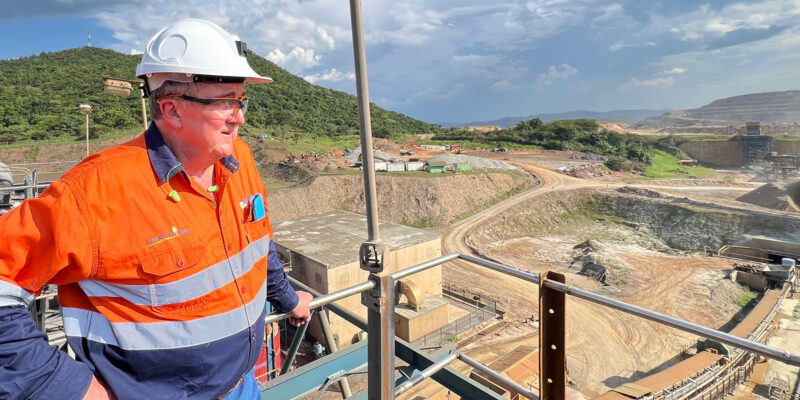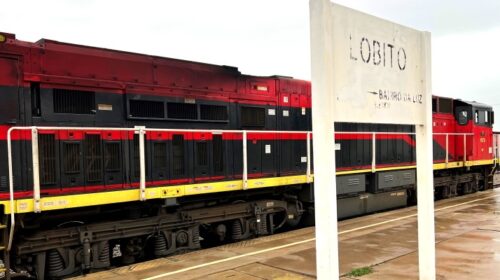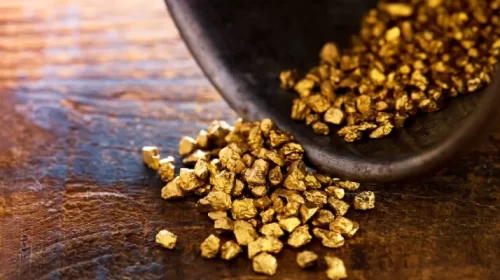Kibali Gold Mine Extends Production to 15+ Years with Growth and Investment
KINSHASA, DEMOCRATIC REPUBLIC OF CONGO – Africa’s largest gold mine, Kibali, continues to deliver growth as its strong record of replenishing reserves and resources, and further investment in technology and capacity, position it to sustain its 750,000 ounces annual production past the current 10-year horizon to 15 years and beyond.
Speaking to media and other stakeholders yesterday, Barrick president and chief executive Mark Bristow said Kibali was not only Africa’s largest gold mine but also its most automated and, thanks to its three hydropower stations, a leader in renewable energy.
When its back-up solar power plant and battery storage system are commissioned next year, the renewable component of its energy mix will increase to 85%.
“When we started building Kibali 14 years ago, this was one of the DRC’s most underdeveloped regions. The value we created and the infrastructure we built here have since transformed it into a new economic frontier and a flourishing commercial hub, with a community that has grown from 30,000 to over 500,000 people.
We’ve promoted this growth through investment in community development and partnering with local businesses we have mentored.
Our Azambi power station, for example, was built by an all-Congolese team. Since 2010, Kibali’s payments to local contractors and suppliers have amounted to almost $2.7 billion (CDF 7.6 trillion),” Bristow said.
“In addition, Kibali has written a new chapter in Barrick’s long support for Africa’s biodiversity by partnering with African Parks and the DRC Government to re-introduce a sustainable population of white rhino to the DRC’s Garamba National Park, which the mine also supports in other ways.
This means that, together with the Barrick coffee project in the Haut-Uele region aimed at revitalising the once vibrant Robusta coffee industry which Isiro was once renowned for, we are not only looking after our host countries in the present but also to their national heritage in the future.”
Bristow said Kibali was built on partnerships with its stakeholders, notably the government and its host communities. Based on its success, Barrick was ready to invest in new gold and copper opportunities in the DRC, provided the government continued to build alongside it.
242 total views , 2 views today





